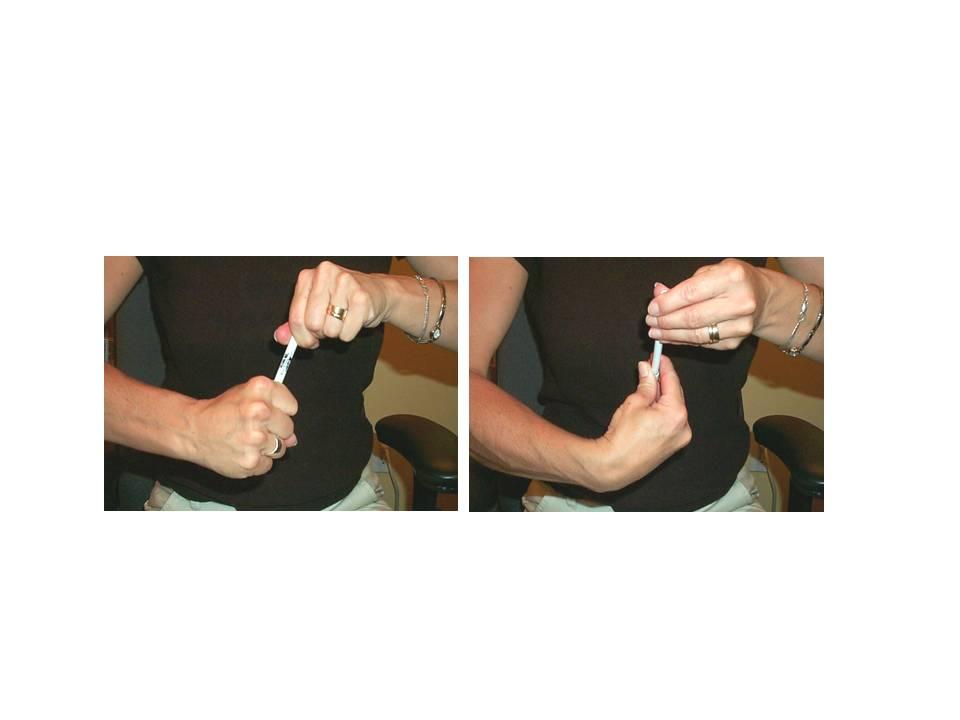We’ve talked about the benefits of taking a proactive approach to ergonomics (see our blog on Ergonomics and Work System Design), so you know that we really push ergo design BEFORE people get hurt. That said, it is NEVER too late to take advantage of ergonomics’ benefits. Even “reactively”, ergonomics can result in reduced risk of strain/sprain injuries, improved comfort, morale, quality, productivity, and efficiency, fewer accidents and injuries, less absenteeism, injuries, and reduced errors.
“Ergonomics” is the art and science of fitting tasks to people. Everyone can benefit from it, and it can be applied to any task, from typing on the computer, to bathing your children, and from taking out the garbage, to driving to work. Ergonomists typically have a background in kinesiology or human factors. In a way, we are experts in the mechanics of the human body. We understand how the body works and what it needs to be efficient and comfortable. We have the tools to analyse and assess any task. Ergonomists in Canada have been certified by the Canadian College for the Certification of Professional Ergonomists since 1999. Full certification requires a relevant degree with over 240 hours of ergonomics course work, and 4-5 years of full time ergo work experience.
An ergonomist in your workplace may complete physical demands descriptions of jobs (to quantify the strength, posture, time, and environmental demands of a job), conduct ergo assessments to evaluate the risk of strain/sprain injuries, work with the company to develop solutions to ergonomics concerns, provide awareness training, conduct demands-ability evaluations to ensure that injured workers are working within their capabilities, work with engineers to optimise new designs, provide job coaching to drivers or manual handlers, etc…
This short exercise will help you understand the benefits of ergonomics. You’ll need a pen or pencil.
Hold the pen in a “power” grip, as shown in the photo above left. Squeeze it as hard as you can. Try to remove it by pulling up on the end with your other hand. Can you? (Probably not!)
Now hold the pen with your wrist bent, using only your fingertips and thumb, as shown above right. Squeeze it as hard as you can. Can you remove the pen with your other hand now? (Probably!) How long would you be able to hold this position?
When you work in awkward postures, your muscles are not as strong. By improving ergonomics, people can do the same work with less effort, and less pain. That’s what ergonomics is all about! Your ergonomist will help your company to reduce the risk of injury, by optimising the posture that you work in, or by reducing forceful demands.


